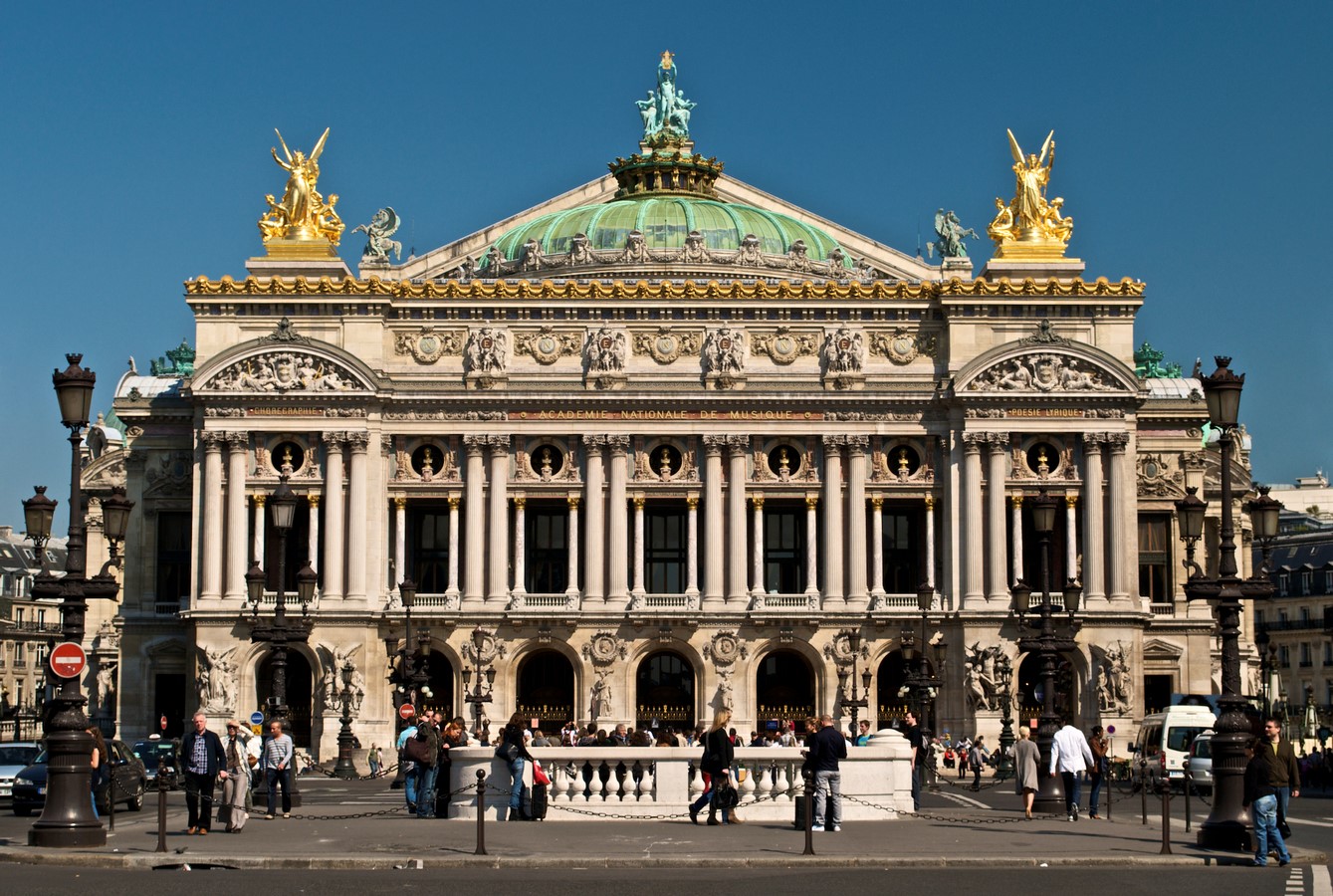Elements of Art and Principles of Design Kahn Academy

The Academic Art movement or academicism, influenced by the French Académie des Beaux-Arts, embraces the highlights from both neoclassicism and romanticism. The term Academic Art was traditionally used to draw high-minded realist painting and sculpture under the influence of European academies of art, best reflected by the paintings of William-Adolphe Bouguereau, Thomas Couture, and Hans Makart. Bookish art, in contrast to the luxurious style of Rococo, socially aware mode of French Realism or emotional fashion of Expressionism, is considered to promote an intellectual style of fine art that involves a high degree of reason and rationality (types of art styles, 2017).

Origin of an Academic Art motion
French in the 19th century used to be a cultural superpower; the rigorous french training, along with loftier standards, were limited to art schools and universities. These schools were frequently known as academies and were sponsored by the patrons of fine art. To dominate the cultural institution and to demonstrate that art was a highly intellectual process, the Académie des Beaux- introduced stringent standards that were meant to carve up the artists from the craftsmen. Which made art attainable to few privileged students, thus Bookish Fine art was criticized as materialistic and bourgeois (Chicken, 2019).
Artistic Conventions

The characteristic of Academic Art emerged over fourth dimension; as a result, the artists became the models to be copied. This led to academic authorities gradually edifice up a serial of rules and conventions that were to exist followed. Academic artists idealized rather than overly realistic grade; thus, Realism was discouraged in art. Since Academic Art was culturally appropriated, the history paintings depicted people in historical dress. It contradicted the rules Benjamin West caused a scandal with the death of General Wolfe, which became the showtime painting to feature gimmicky costumes.

Paint surfaces were smoothened with no castor strokes. Colors were kept natural. bright colors were used sparingly. Complex rules governed the employ of linear perspective and foreshortening and the light was Handel using shading techniques in paintings.


Academic architecture
The architectural style taught at the school of fine arts in France, influenced past the strict rules and revolution of instructions implemented past the Academy of Arts (Académie des Beaux). These teachings were based on two principles that systemized artistic preparation; visual education to achieve the mastery of repetition and Greek and Roman cultures as the new formal vocabulary. Therefore, academicism taught emphasis and combined intellectual elements with aesthetics, appropriately uplifting a noble and altruistic message.
One of the aspects that make this architecture unique is the utilise of traditional creative resources for the treatment of light, color, and perspective drawing established by the Academy of Fine arts. In this architectural movement, the French found a possibility to defend artistic creation through a communicable rule. Thus, this architecture was addressed to aristocratic ideals and principles of the ruling classes (Goldstein, 1975).
Development of Academic Architecture
Bookish architecture evolved in two stages; the first stage in the early on nineteenth, that mainly focused on fine features and proportions that started in French. Later on, when this period brought about many industrial revolutions and the turn of the 20th proved to exist a great time for industrial growth, it was this period that French Ideas of beauty were brought to the U.s.a. past the American architects that were fortunate plenty to have studied at the school of architecture.
In the 2nd stage, especially in America, in the early decades of the twentieth century, ornamental sobriety took identify, obeying the strong influence of ideologies of national and centralist trends. The latter style was named Bookish Tardo (belatedly academic), developed about beyond 1940. The architect Alejandro Bustillo work best reflects this stage of Bookish Art (Chicken, 2019).

The most notable artists and architects of the motility were: Peter-Paul Rubens (1577-1640), Nicolas Poussin (1594-1665), Jacques-Louis David (1748-1825), Jean-Antoine Gros (1771-1835), among others.
Significant features of Academic Art
Beaux-Arts buildings were a statement in itself. They were usually made with the best quality materials. The Bookish Arts approach to design had a strong urban planning component. The common features used in Academic architecture are summarized as Symmetry, Bureaucracy of spaces, replacing the noble spaces, m entrances, and stairways with more utilitarian.
Academic Art is considered fine art as an intellectual discipline involving a degree of rationality along with loftier moral content (Fricker and Fricker, 2010).

Fall of the motion
From the nineteenth century, painting artists such every bit Gustave Courbet , Claude Monet , Vincent Van Gogh, and Pablo Picasso ignored its guidelines and revolutionized the theory and practice of this tendency art. Gustav Courbet first criticized Academic art for its use of idealism and considered it every bit mythical and cliched. Although the motion played a positive role in educating students, its dogma and conservatism resulted in restricted artistic liberty (Fricker and Fricker, 2010).
References:
- Craven, J. ed., (2019). What'southward Then Fine About Beaux-Arts? [online] ThoughtCo. Available at: https://www.thoughtco.com/what-is-beaux-arts-architecture-178195.
- Fricker, J. and Fricker, D. (2010). THE BEAUX-ARTS STYLE . [online] Available at: https://www.crt.state.la.united states of america/Assets/OCD/hp/nationalregister/historic_contexts/beauxartsREVISED.pdf.
- Goldstein, C. (1975). Towards a Definition of Academic Art. The Art Message , 57(1), p.102.
- types of art styles. (2017). What is Academic Compages? [online] Bachelor at: https://typesofartstyles.com/what-is-bookish-architecture/ [Accessed 8 Jan. 2022].




easterlingforer1944.blogspot.com
Source: https://www.re-thinkingthefuture.com/architectural-community/a6422-art-movement-academic-art/
0 Response to "Elements of Art and Principles of Design Kahn Academy"
Post a Comment